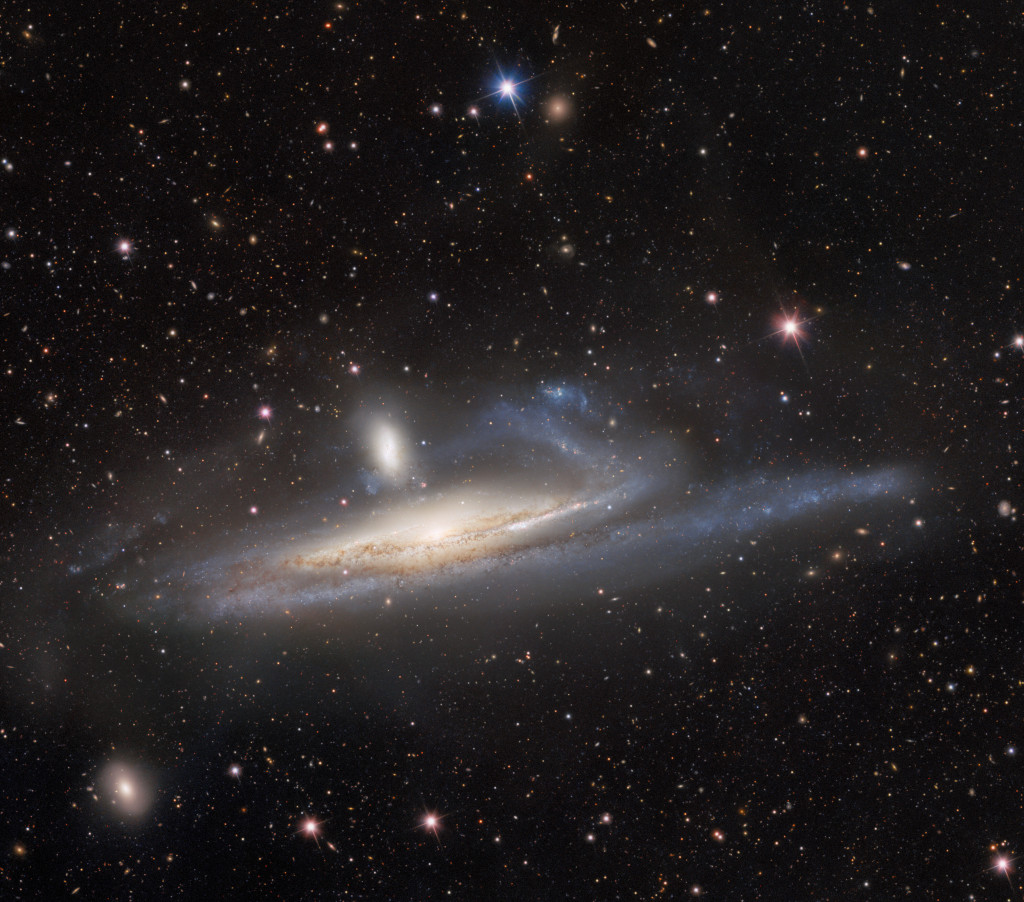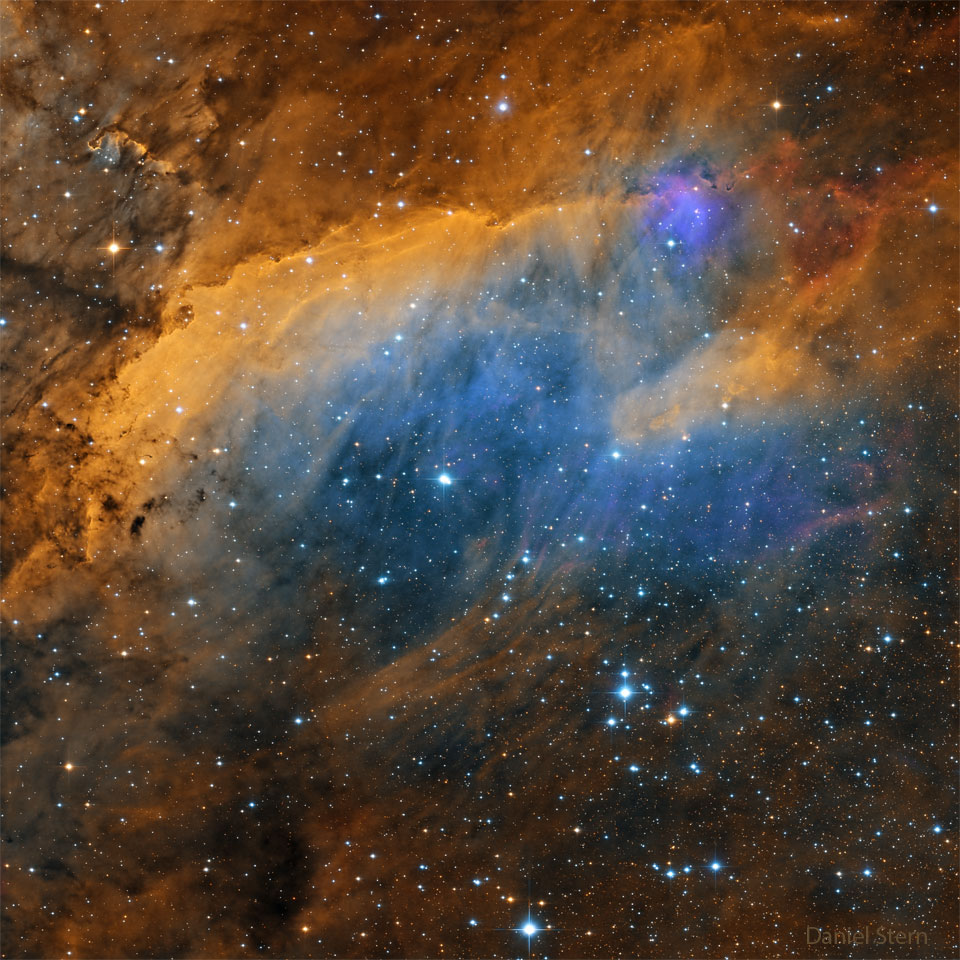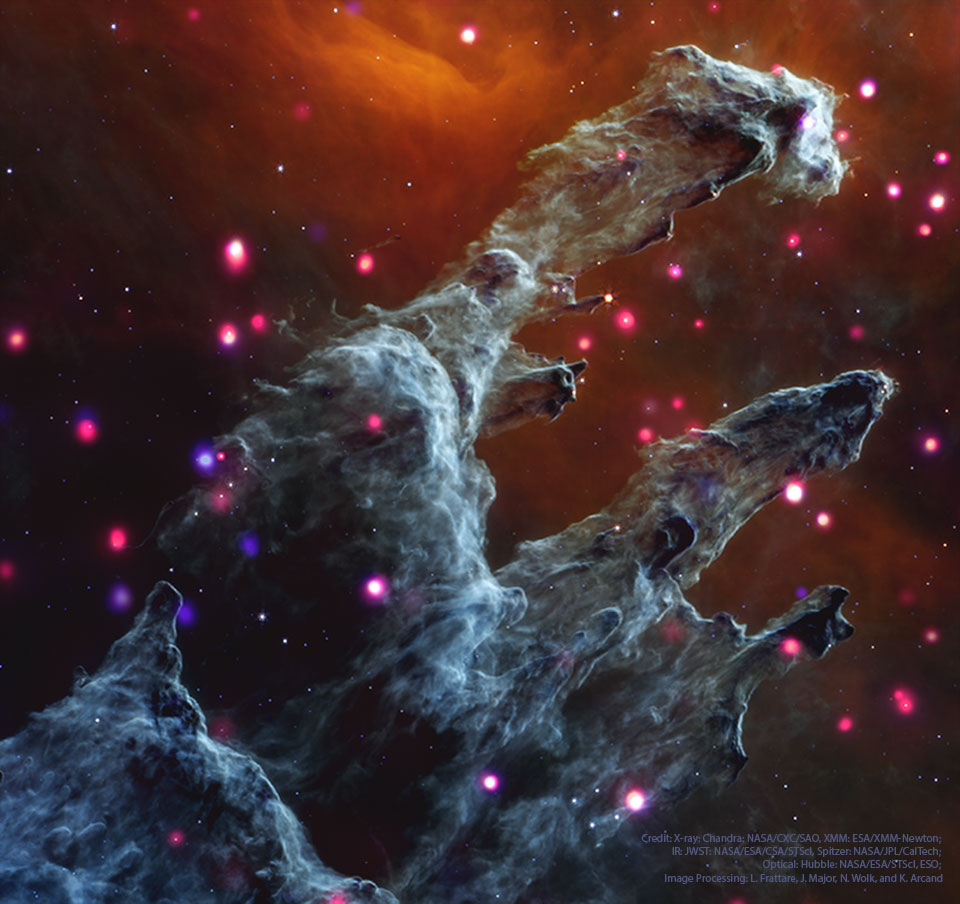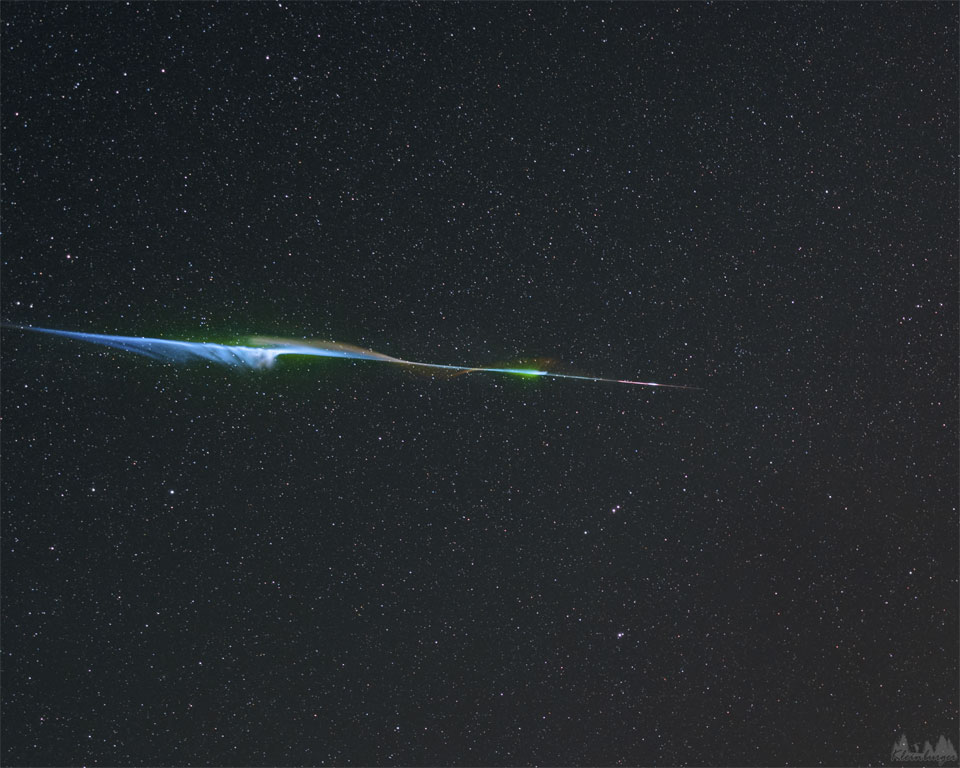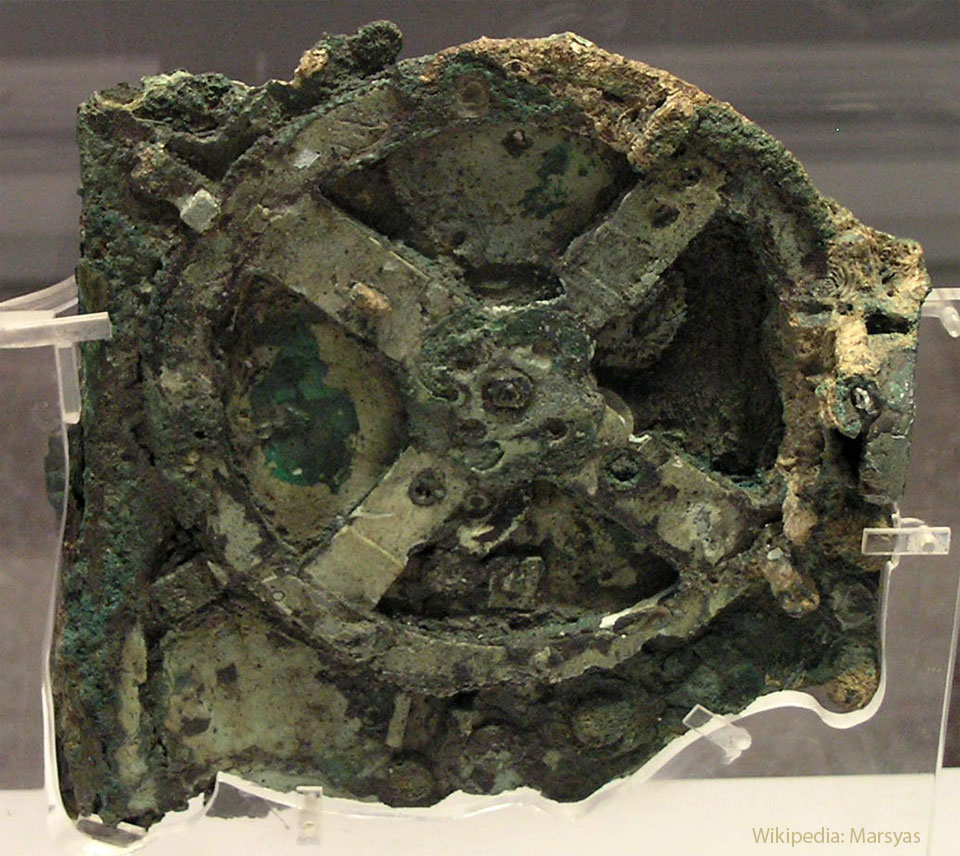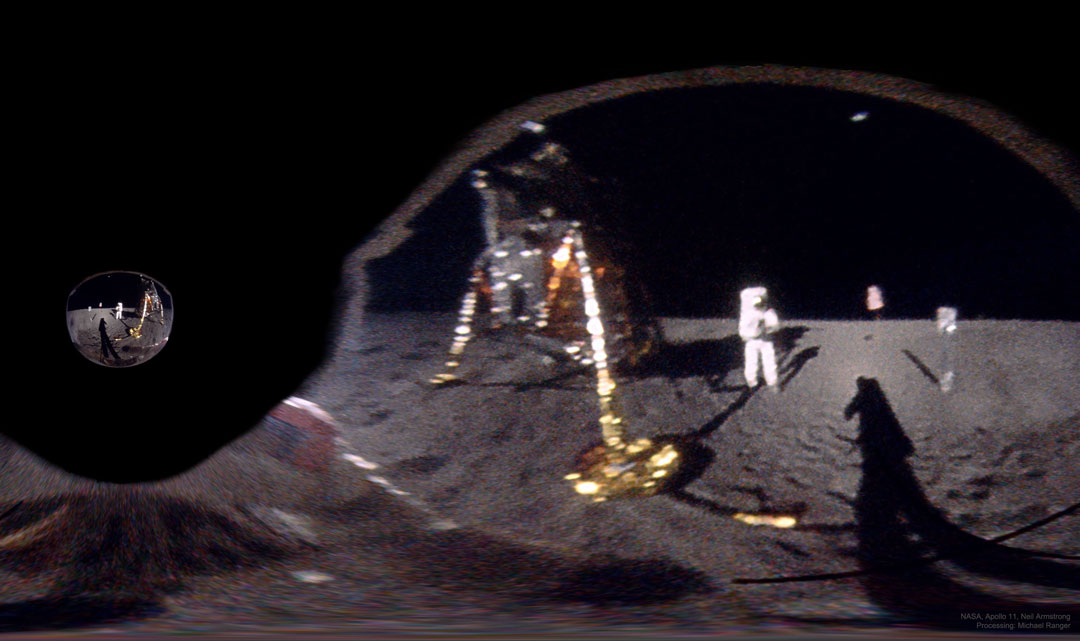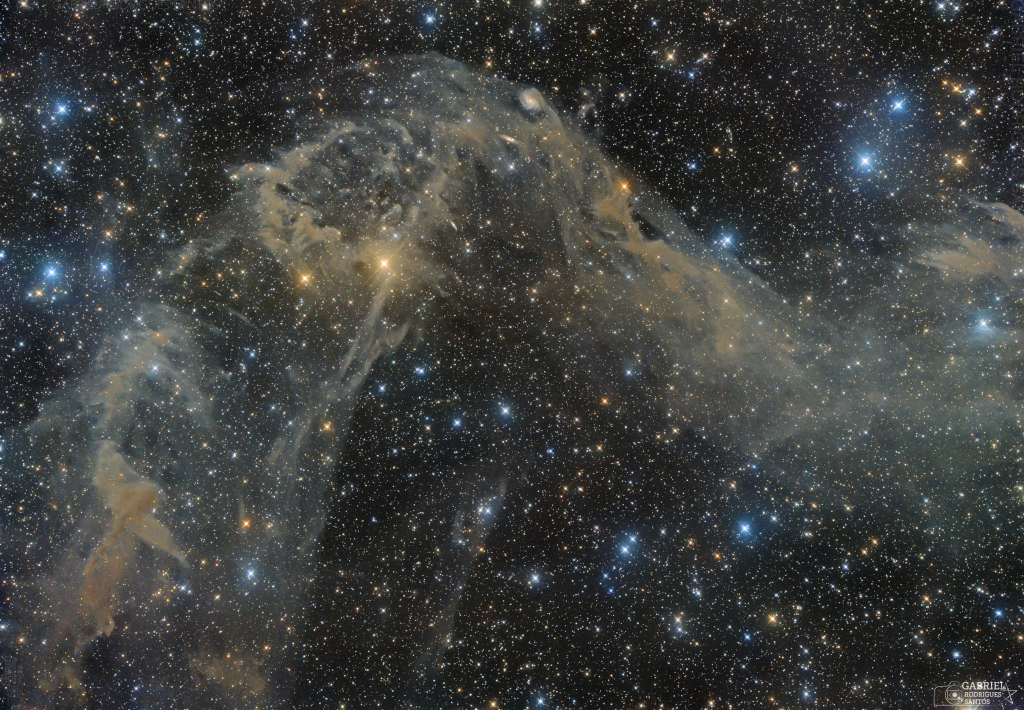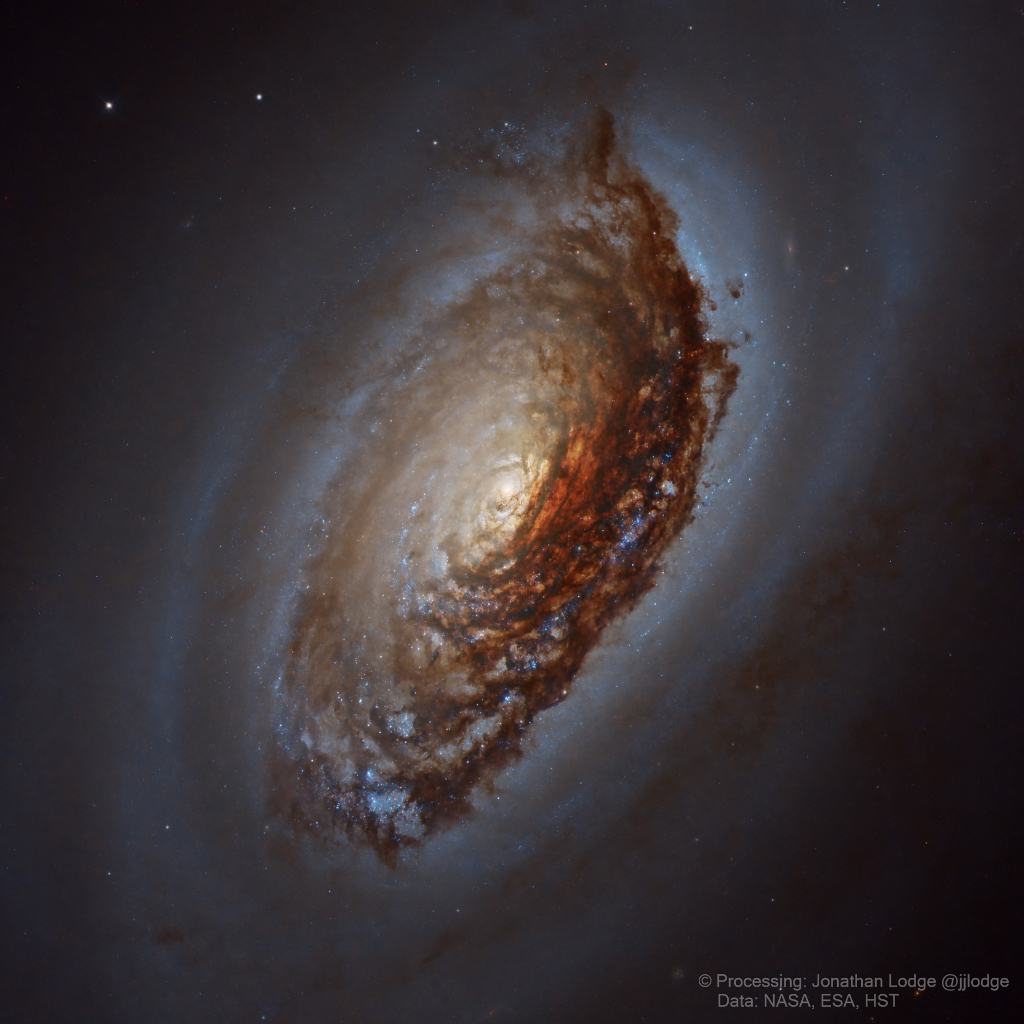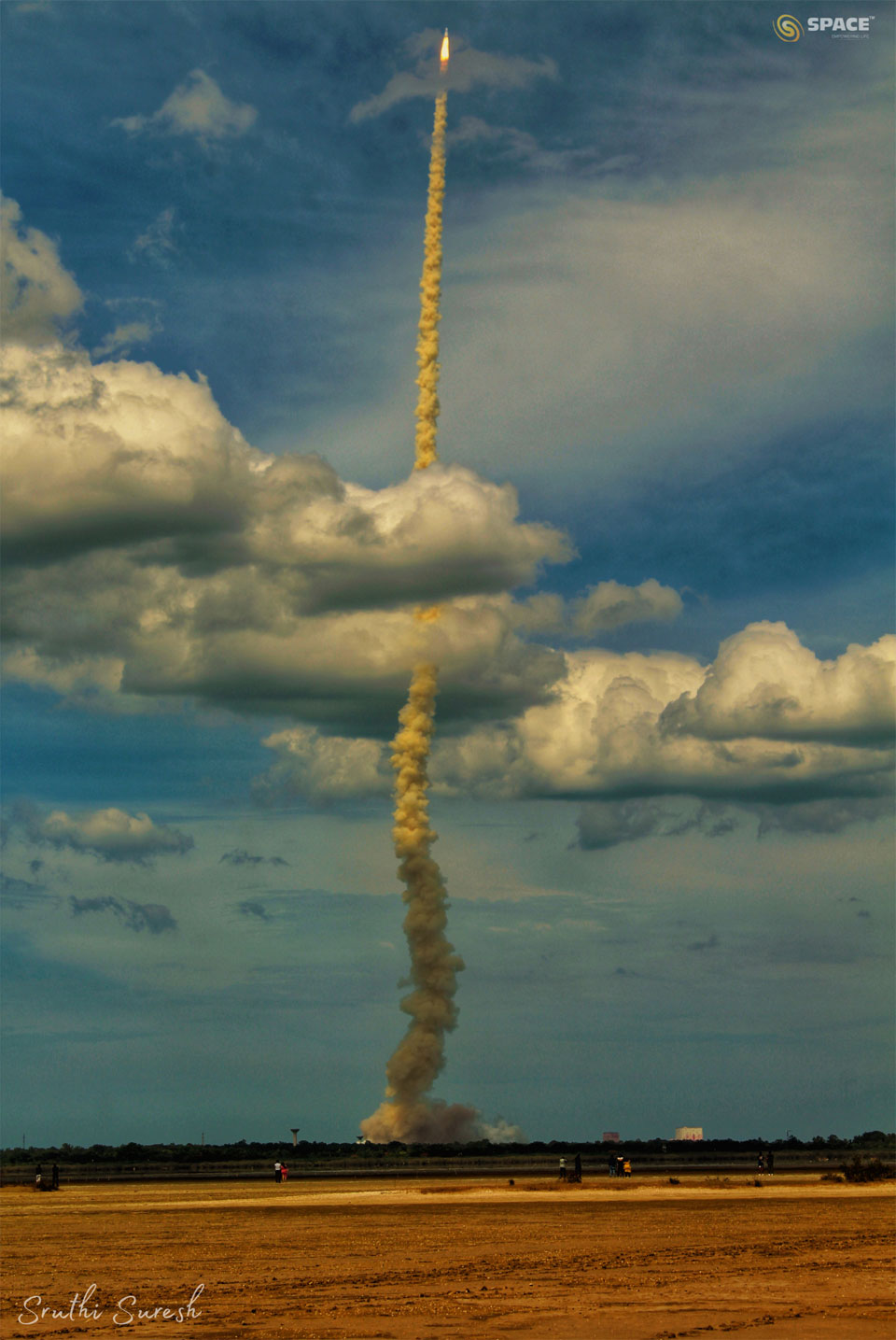안녕하세요, 잡학다식 입니다. 오늘은 과연 나사에서 어떤 방식으로 우주의 형상을 표현해 줄까요?
우선 이미지부터 볼 수 있도록 하겠습니다
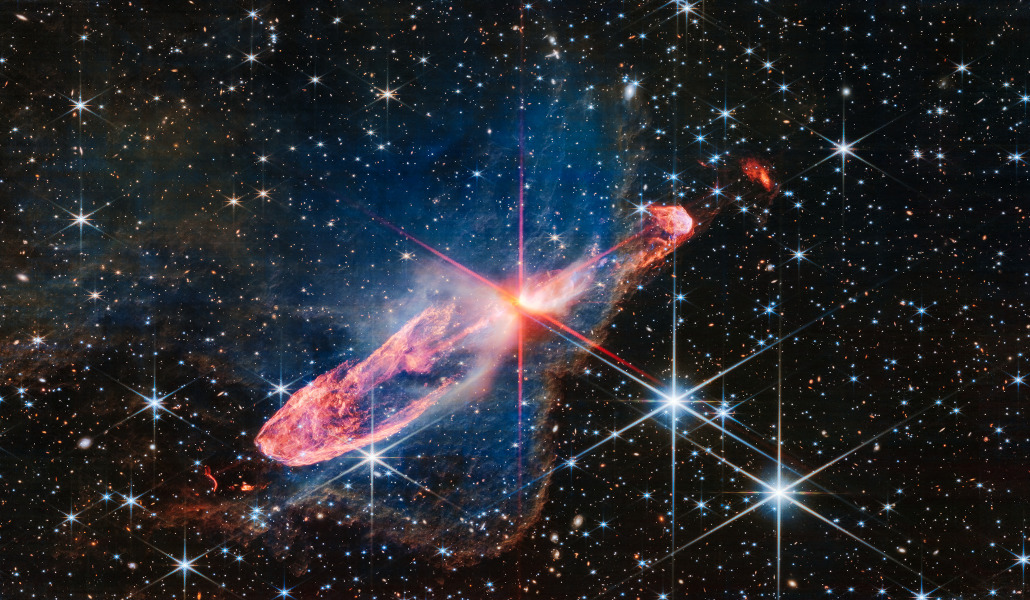
해당 사진의 이름은 Young Stars, Stellar Jets 인데요 우선 NASA에서 공식적으로 발표한 설명들을 확인해 보겠습니다
High-speed outflows of molecular gas from a pair of actively forming young stars shine in infrared light, revealing themselves in this NIRcam image from the James Webb Space Telescope. Cataloged as HH (Herbig-Haro) 46/47, the young stars are lodged within a dark nebula that is largely opaque when viewed in visible light. The pair lie at the center of the prominent reddish diffraction spikes in the NIRcam image. Their energetic stellar jets extend for nearly a light-year, burrowing into the dark interstellar material. A tantalizing object to explore with Webb's infrared capabilities, this young star system is relatively nearby, located only some 1,140 light-years distant in the nautical constellation Vela.
이번에도 광활한 우주 앞에 인간이 얼마나 작은 존재인지 다시 한번 알게 되는것 같습니다
저는 내일도 더 좋은 사진과 함께 돌아오겠습니다, 그럼 행목한 하루 되시길 바랍니다
'과학상식' 카테고리의 다른 글
| NASA 나사의 오늘의 이미지들 (2023-07-30) (0) | 2023.07.31 |
|---|---|
| NASA 나사의 오늘의 이미지들 (2023-07-29) (0) | 2023.07.30 |
| NASA 나사의 오늘의 이미지들 (2023-07-27) (0) | 2023.07.28 |
| NASA 나사의 오늘의 이미지들 (2023-07-26) (0) | 2023.07.27 |
| NASA 나사의 오늘의 이미지들 (2023-07-25) (0) | 2023.07.26 |
